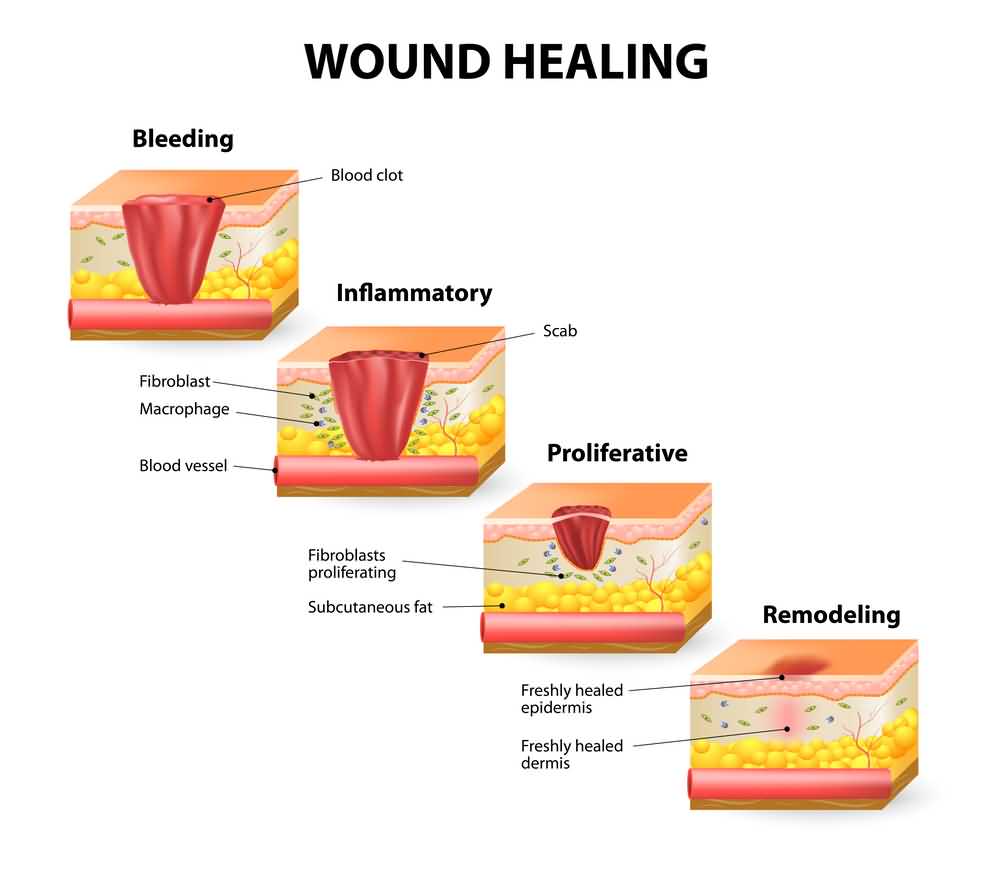4. Slow healing

After a wound or bruise, your defense system will act immediately, dividing the labor into three main stages. All of these have blood circulation as the main factor for healing faster.
The first stage focuses on preventing any infections, so for this, as part of the immune response, the wound will become inflamed because increased blood circulation surrounds the affected area. But in the case of type 2 diabetes, blood circulation tends to be slower.
In the next stage, new cells are driven to the wound in order to contribute to the healing process. But, again, weak blood presence avoids new white cells to arrive faster for closing the wound. As for the third stage, on a normal healing process, some scar tissue protects the wound till complete recovery of the original tissue.
The problem with type 2 diabetes is that such a prolonged increase of glucose in the blood leads to vascular damage and neuropathy. Vascular damage affects the inner portion of the blood vessels, and such alteration leads to a reduction in the capacity of the body to reach certain spots in the body and the skin. Thus, circulation is compromised and healing problems start. Neuropathy contributes to this problem because patients often reduce their sensitivity to nervous impulses and might get a wound or ulcer without even noticing.


